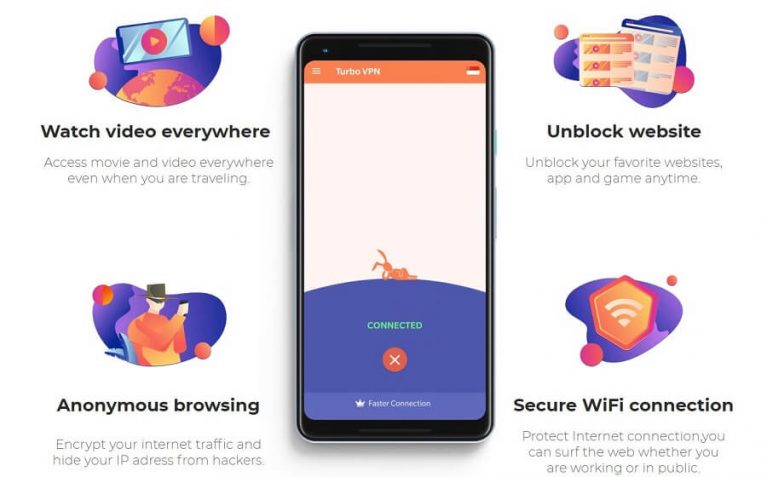
HQ(config-ikev2-proposal)#encryption aes-gcm-256 IKEv2 proposal MUST either have a set of an encryption algorithm other than aes-gcm, an integrity algorithm and a DH group configured orĮncryption algorithm aes-gcm, a prf algorithm and a DH group configuredīRANCH(config-ikev2-proposal)#encryption aes-gcm-256Īnd the same for the HQ HQ(config)#crypto ikev2 proposal MY_IKEV2_PROPOSAL The transform types used in the negotiation are as follows:īe careful to configure recommended methods, for example, one of them is the aes-gcm encryption and prf integrity methods.īRANCH(config)#crypto ikev2 proposal MY_IKEV2_PROPOSAL KEv2 proposal is a collection of transforms used in the negotiation of Internet Key Exchange (IKE) security associations (SAs) as part of the IKE_SA_INIT exchange. HQ(config-ikev2-keyring-peer)# pre-shared-key MY_PASS_cisco123 Configuring IKEv2 proposal HQ(config-ikev2-keyring)# peer BRANCH_ROUTER ! thare can be several peers identified several ways, i'm using peer IP addressīRANCH(config-ikev2-keyring)# peer HQ_ROUTERīRANCH(config-ikev2-keyring-peer)# address 209.165.200.226īRANCH(config-ikev2-keyring-peer)# pre-shared-key MY_PASS_cisco123Īnd for HQ: HQ(config)# crypto ikev2 keyring KEYRING_1

The configuration for my Branch router: BRANCH(config)#crypto ikev2 keyring KEYRING_1 But even asymmetric may be used crypto ikev2 keyring NAME _OF_KEYRING In my case, I’m using the symmetric preshared key for both sites. To configure type : crypto ikev2 keyring NAME _OF_KEYRING The IKEv2 key ring gets its VPN routing and forwarding (VRF) context from the associated IKEv2 profile. The IKEv2 keyring is associated with an IKEv2 profile and hence supports a set of peers that match the IKEv2 profile.
#Mullvad ikev2 software
On real devices, IKEv2 is supported on Cisco ISR Generation 2 (G2) that runs Cisco IOS software version 15.2(4)M or later (for example 29xx ISR), ASA with 8.4.(1) and later (including ASA 5510). I also do not use GRE tunnel for the interconnection of both sides, instead, simple static default routes are used.Ĭonfiguration runs on GNS3 emulator and I’m using the CSR1000v platform with version 16.12.01a IOS XE as the older ISR platform (7200 15.4 IOS) does not support IKEv2. In this example, I’m using the symmetric PSK witch crypto map, where the IKEv2 process is started by ACL that identifies interesting traffic.
#Mullvad ikev2 how to
There are several options for how to configure IKEv2. Topology simulates a Branch router connected over an ISP to the HQ router.


VPN will use IKEv2 protocol with PreSharedKey (PSK) remote-site authentication. This config example shows a Site-to-Site configuration of IPsec VPN established between two Cisco routers.


 0 kommentar(er)
0 kommentar(er)
